Contents
A good harvest of gourds is obtained only on well-enriched soils. You can feed watermelons and melons with organic and mineral fertilizers, which will accelerate the growth and ripening of fruits. It is important to choose the right top dressing for each crop and follow the schedule for its application. Only in this case can you get juicy and sweet fruits.
Why you need to feed watermelons and melons
Gourds are drought-resistant plants that ripen under the scorching sun. Their growth does not depend on precipitation. But the lack of minerals affects the yield and taste.
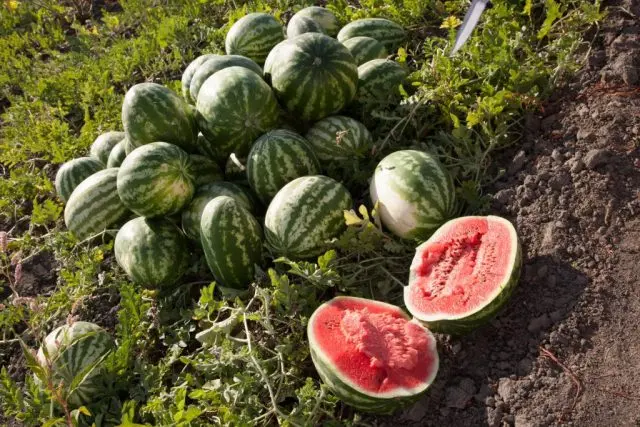
How does the lack of microelements affect melon:
- Lack of phosphorus: the leaves of watermelons and melons become smaller, turn yellow, the roots become weak, the yield decreases.
- Potassium regulates the water balance in soil and plants. With its lack, the leaves wither, and the fruits become less juicy.
- With a lack of magnesium, melon leaves turn yellow, their taste qualities deteriorate.
To get a good harvest, formulations containing these elements are applied in high concentrations.
What elements do watermelons and melons need for rapid growth
For melons and gourds, various mineral and organic substances are needed for rapid growth.
Especially melons and watermelons need such trace elements:
- sulfur;
- calcium;
- phosphorus;
- magnesium;
- nitrogen;
- iron;
- potassium;
- manganese.
Their deficiency causes yellowing of the leaves, weakening of the root system, a decrease in the number of ovaries, the appearance of small fruits with a grassy taste. The deterioration of the green part of the plant, the appearance of spots and brown burns are the first signs of a lack of trace elements.
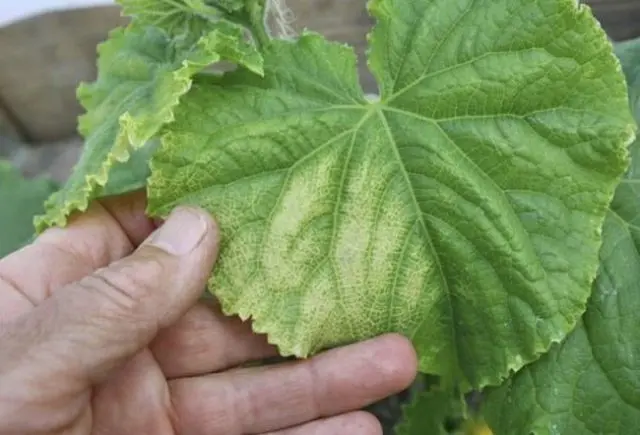
What to feed
Watermelons and melons are fed with organic and mineral fertilizers. For each species, a certain period of growth of melons is distinguished.
Mineral Fertilizers
They are applied depending on the composition of the soil. Before planting watermelons or melons in spring, the soil is enriched with potassium salt (30 g per 1 m2), superphosphate (100 g per 1 m2) or magnesium (70 g per 1 m2).
After planting melons in a week, they are fed with any mineral mixture intended for these crops.
As soon as the crops germinate, the first leaves appear, mineral fertilizers are applied, and the procedure is repeated a week later.
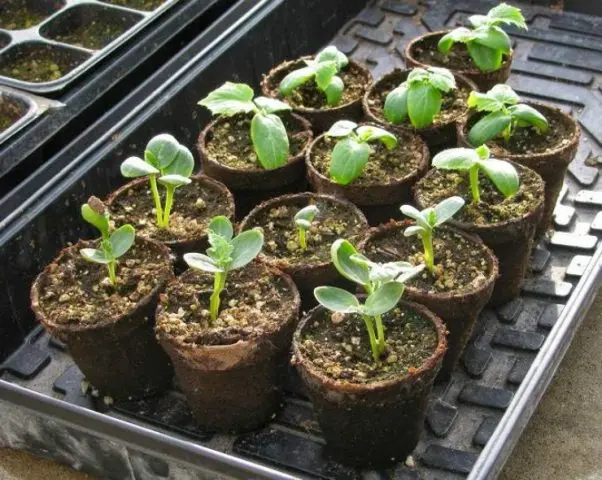
After harvesting in the fall, before digging up the garden, superphosphate is added to the soil (60 g per 1 m2) or azophoska (80 g per 1 m2).
Organic Fertilizers
For this type of top dressing, humus, wood ash, peat, manure, herbal infusions are used. Before sowing seeds, the soil is mixed with humus (1 parts of organic matter are taken for 3 part of the earth).
As soon as the seedlings germinate, organic matter is added again. This top dressing falls on mid-May.
At the beginning or in the middle of June, the plants are fed 2 more times with organic matter: mullein, chicken manure, wood ash.
How to feed
Watermelons and melons can be fed by applying fertilizer to the ground before planting, or under the root during growth and fruiting. Farmers combine these 2 methods to increase yields.
Root dressing
The first time fertilizers are poured under the root when the first leaves appear on the grown seedlings. Plants are fed with bird droppings, or mullein, diluted in water in a ratio of 1:10.
The second top dressing is carried out 2 weeks before planting seedlings in the ground. To do this, 1 cup of wood ash is dissolved in a bucket of water and watered with a mixture of plants under the root.
As soon as the seedlings take root in the open field, after 2 weeks they are fed again. During this period, ammonium nitrate is used. She is taken 1 tbsp. l. on a bucket of water and water the watermelons under the root. It is necessary to take 2 liters of liquid for one plant.
During the flowering period, potash fertilizers are applied under the root. They are bred in accordance with the instructions and watered each plant. Thanks to this top dressing, flowering will be massive and simultaneous. Also during this period, watermelons and melons are fed with calcium and magnesium.
During the formation of the ovaries, watermelons and melons are fertilized with a mixture of minerals: ammonium salt (1 tablespoon), potassium salt (1,5 tablespoons), superphosphate (2 teaspoons). Substances are diluted in a bucket of water. Watering is carried out under the root. For one plant take 2 liters of liquid top dressing.
During the period of growth and ripening of fruits, watermelons and melons are fed every 2 weeks. At this time, complex mineral compositions are used for melons and gourds.
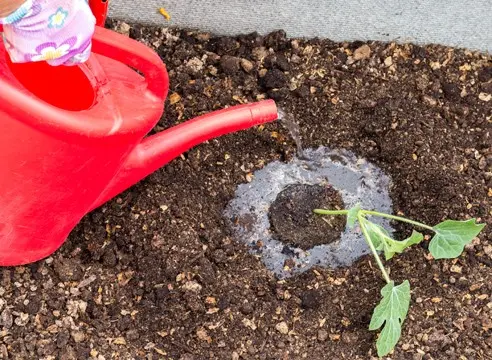
Foliar top dressing
To ensure high yields of melons and watermelons, it is necessary to increase soil fertility. It is important to enrich it with potassium, which is contained in the ash, nitrogen, which is contained in the compost, and phosphorus, its source is superphosphate.
Before planting seedlings in the soil, it is fertilized with humus and dug up. After rooting melons, mineral mixtures are applied to the aisle. To do this, take nitrogen-phosphorus compounds and add to the soil when it is loosened.
You can also water the soil in the aisle with a solution of urea (2 tablespoons per bucket of water). You can purchase combined mineral compounds that dissolve in water.
The last foliar top dressing is carried out in the fall after harvest. Humus or mullein is introduced into the soil, after which they dig up the garden.
Root top dressing is done much more often than foliar top dressing. It is much easier to apply fertilizer under the root than on the entire plot with melons. Farmers consider this method more effective. But with this method of fertilizing plants, the likelihood of nitrates entering the fruits remains.
The scheme of feeding melons and watermelons during the season
Gourds are fed depending on the stage of plant growth. Organic and inorganic fertilizers are applied from the beginning of sowing seeds to harvesting.
The main stages of growth are distinguished when it is necessary to feed watermelons and melons:
- soil enrichment before planting;
- transfer of seedlings to open ground;
- the period of appearance of peduncles;
- at the stage of formation of ovaries;
- during fruit ripening.
Before planting seeds in containers for seedlings or immediately in open ground, the soil is enriched depending on its composition:
- If the soils are alkaline or calcareous, complex mineral mixtures are added.
- Heavy soils are dug up with wood ash.
- Chernozem can be fertilized with bone meal or peat.
- Sandy soils are dug up with humus.
If the seeds are sown immediately in open ground (mainly in the southern regions), the soil is fertilized with mineral compounds with phosphorus and nitrogen before sowing.
During the period of rooting seedlings in open ground, humus is introduced into each well, to which 1 tbsp is added. l. ammonium nitrate and potash fertilizer and 3 tbsp. l. superphosphate. It is good to add ready biohumus to the planting pits.
As soon as watermelons and melons begin to form the first flower stalks, the plants are fed with preparations containing potassium and magnesium. With a lack of potassium, flower stalks practically do not tie. With a lack of magnesium, the fruits do not ripen. For top dressing, potassium chloride, potassium magnesia, potassium nitrate and magnesium nitrate are used.
During the formation of ovaries, gourds are fed with preparations containing boron. They can be applied under the root or watered the soil in the aisle. During this period, it is good to apply a mixture of fertilizers under the root: superphosphate (25 g), potassium sulfate (5 g), azofoska (25 g).
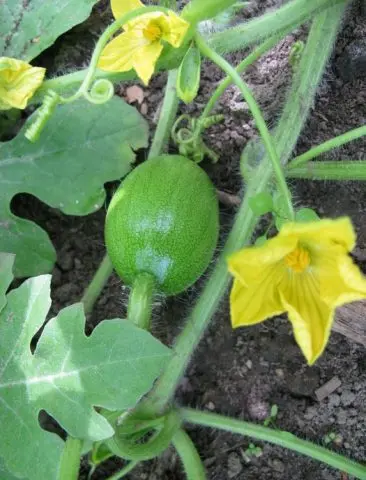
During the ripening period of watermelons and melons, top dressing is carried out 2 times with a break of 2 weeks. For this purpose, use an infusion of humus or a solution of bird droppings, diluted in water 1:10.
Melons are very thermophilic, grow well and bear fruit at temperatures above + 25 ᵒС. Water for irrigation is taken not lower than + 22 ᵒС. Watering is carried out only under the root. Melon crops do not tolerate the ingress of liquid on the leaves and stems.
As soon as the fruits on the melon reach the size characteristic of this variety, watering with mineral mixtures and organic matter is stopped. Plants received sufficient nutrition and top dressing for final ripening.
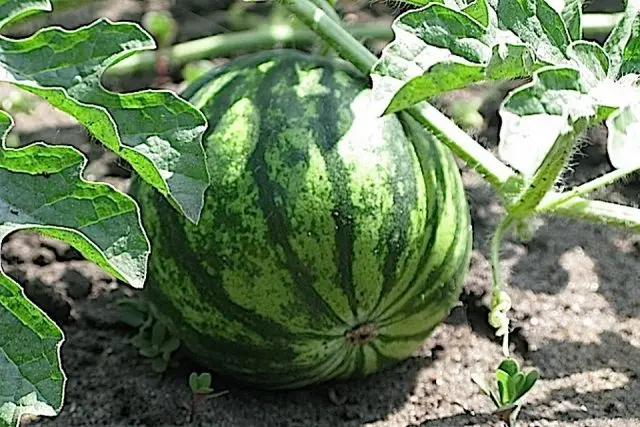
Conclusion
You can feed watermelons and melons with organic and mineral fertilizers. This is done in several stages, depending on the stage of culture growth. Saturation of the soil with all the necessary microelements leads to abundant flowering of watermelons and rapid ripening of melons. The fruits become larger and juicier.









